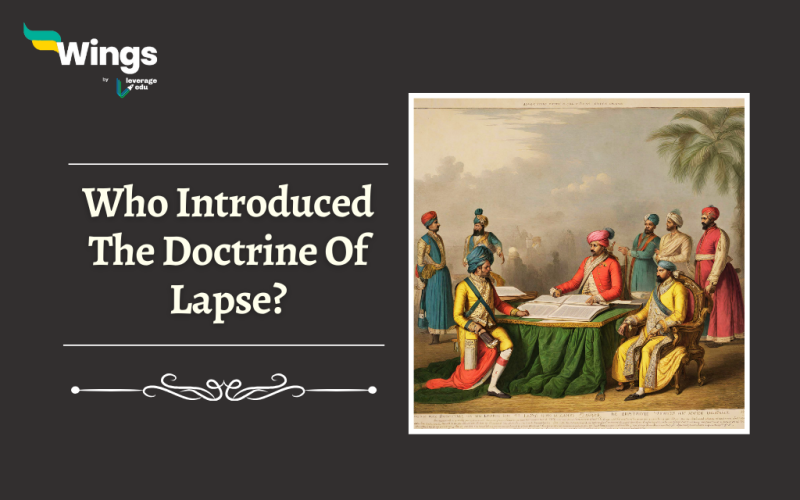The policy of Doctrine of Lapse was an acquisition policy, imposed on the Indian Princely states. It was a forceful policy implemented by the British East India Company. In the history of British India, the Doctrine of Lapse was a policy that allowed the British East India Company to annex Indian states where the ruler did not have a natural heir. This controversial policy was introduced by Lord Dalhousie, the Governor-General of India from 1848 to 1856. Let’s get to know who introduced the doctrine of lapse.
Table of Contents [show]
Lord Dalhousie’s Implementation
Lord Dalhousie introduced the Doctrine of Lapse during his tenure as Governor-General of India. He was first appointed governor of India on January 12, 1848. Until 1856, he played a key role in consolidating and expanding British control in India. The policy was used as a means to extend British control over Indian territories by taking advantage of political instability and succession issues in native states.
Also Read – Explain The System Of Subsidiary Alliance
Why did Lord Dalhousie Introduce the Doctrine of Lapse?
Lord Dalhousie introduced the Doctrine of Lapse with the stated intention of improving the governance and administration of Indian territories. However, critics of the policy argue that it was a strategic move to expand British control in India at the expense of indigenous rulers and their subjects.
The implementation of the Doctrine of Lapse led to the annexation of several Princely Indian states, including Satara, Jhansi, Jaitpur and Sambalpur. These annexations sparked widespread resentment and resistance among the affected populations, contributing to the growing anti-British sentiment in India.
Relevant blogs
We hope you liked our blog on who introduced the doctrine of lapse. If you want to read more articles like this, you can read Study Notes on the Modern History of India. Also, you can visit our general knowledge page on Indian History!
 One app for all your study abroad needs
One app for all your study abroad needs















 45,000+ students trusted us with their dreams. Take the first step today!
45,000+ students trusted us with their dreams. Take the first step today!
